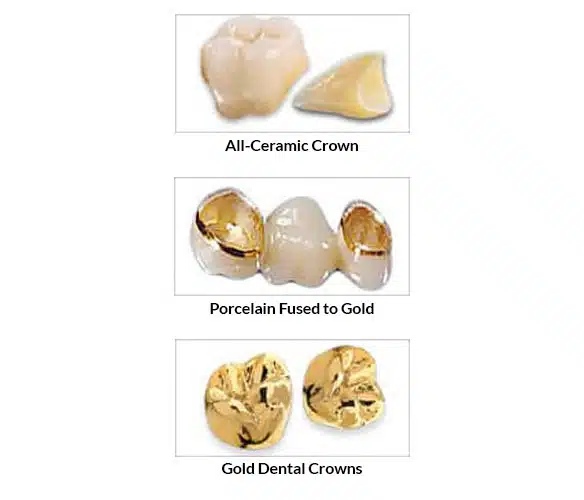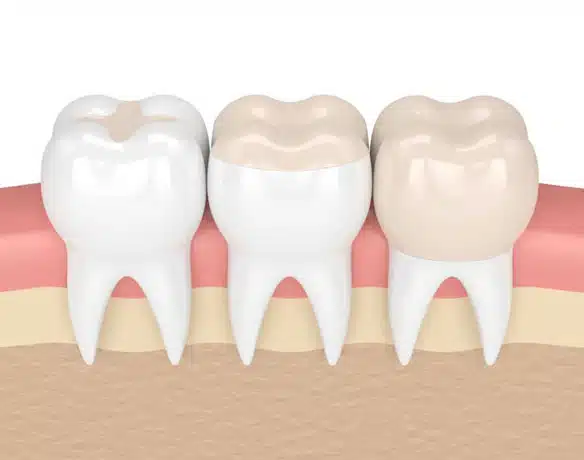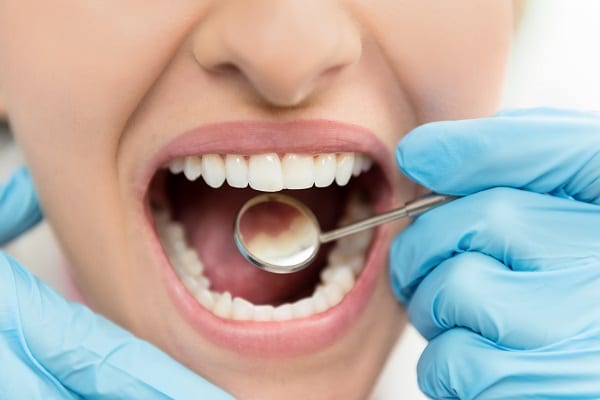Aka.
Dental Cap
A dental crown is the top of the tooth. Artificial dental crowns are tooth-shaped caps that are permanently cemented over the top of a prepared tooth in order to restore the tooth to normal function and appearance. A dental crown covers the visible tooth from its gum line to the top of the tooth. A crown can be cemented onto the tooth root or a dental implant abutment.

Types of Dental Crowns
All-ceramic crown - A translucent cosmetic restoration that is primarily used for front teeth. This restoration looks like a natural tooth.
Ceramic veneered to metal - A cosmetic restoration for visible teeth that require more strength than the all-ceramic restoration.
Gold crowns - Gold and metal crowns are the strongest and durable. They are used on molars where chewing forces are the greatest.
Dental Crown Placement Procedure Time Frame
Time to complete - Dr. Clausen usually requires two dental visits to install a crown.
1st procedure visit - Dr. Clausen prepares the tooth or dental implant for the crown. He makes an impression of the tooth and surrounding gum tissue. The dental impression is sent to a dental laboratory that fabricates the crown. Dr. Clausen provides a temporary crown to cover the tooth until the permanent crown is ready.
2nd visit - Dr. Clausen will replace the temporary crown with a permanent crown.


Life-expectancy of dental restorations
- All-ceramic crown restorations can last fifteen years or more.
- Porcelain fused to metal crowns can last up to twenty years or more.
- Gold dental crown can last thirty years or more.
Pediatric Crowns


